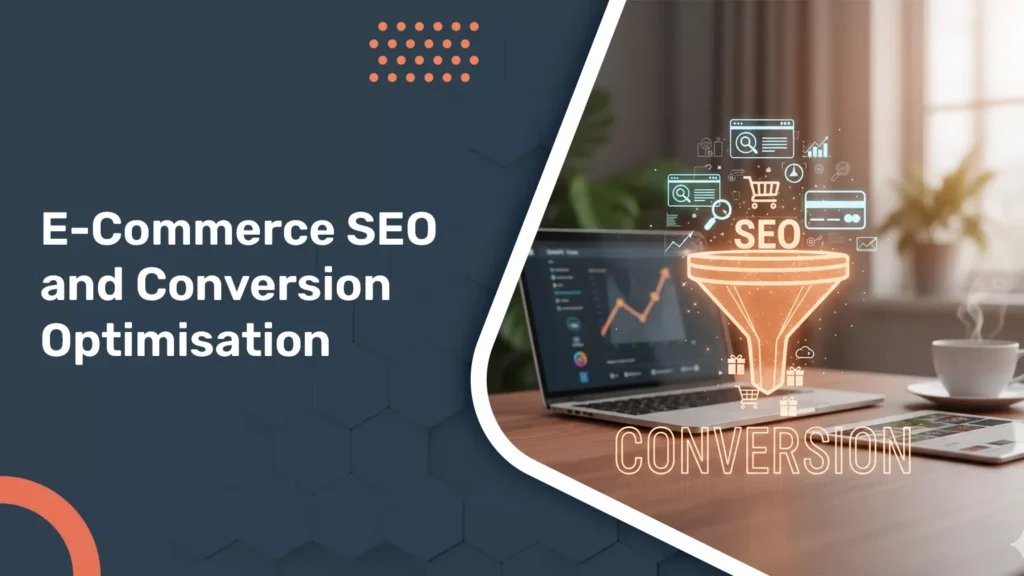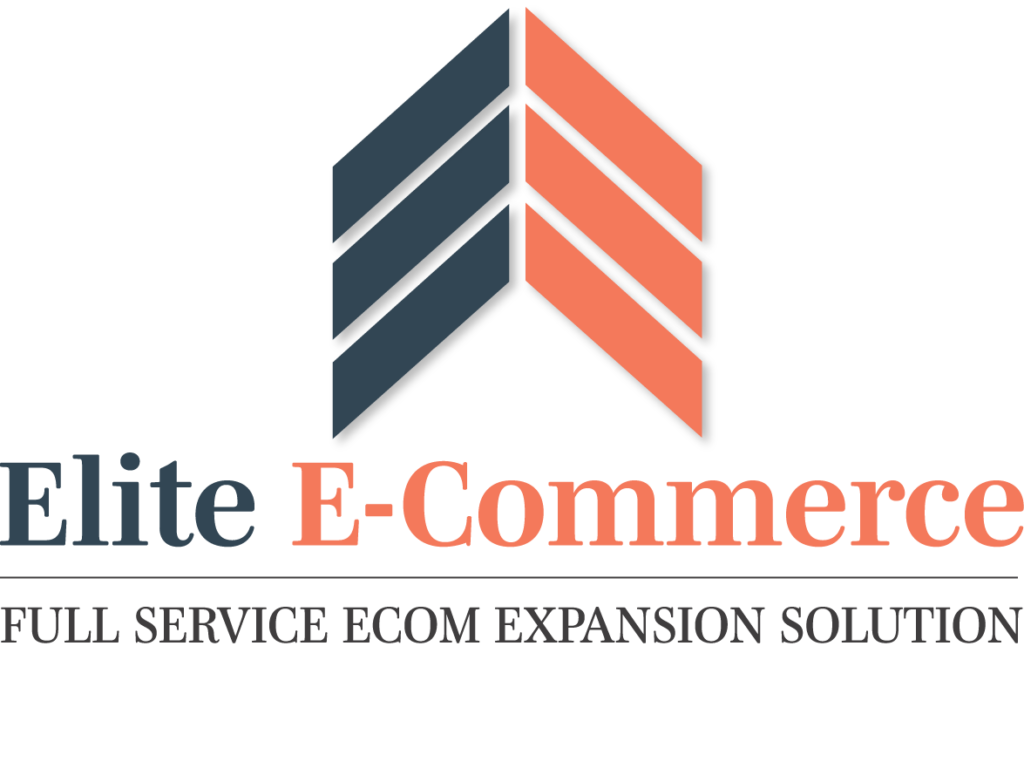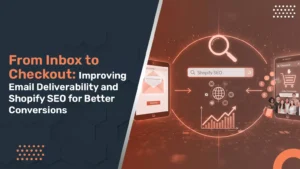In the rapidly developing world of e-commerce, being able to reach your customers in a timely and effective manner is just as important as having a quality product or an appealing website. For many e-commerce businesses, email marketing remains one of the most powerful and inexpensive marketing tools available, returning on average an astounding $36 for every dollar spent.
That said, it does not matter if you have the most aesthetically pleasing email or strategic email campaign if the email never reaches the inbox in the first place. This is where email deliverability is vital.
At Elite E-Commerce Group, we specialise in helping online businesses enhance their digital presence through advanced e-commerce website development, Shopify store management, and e-commerce SEO services. This comprehensive guide explores how to improve email deliverability while strengthening your overall e-commerce marketing strategy.
The Importance of Email Deliverability in E-Commerce
In a digital environment that is mostly devoted to social media advertisements and search campaigns, email marketing remains one of the most reliable forms of sales and engagement. Nonetheless, a lot of marketing emails simply won’t reach the inbox due to spam filters, bad sender reputation, and bad technical setups.
Email deliverability is defined as your email getting to the inbox instead of the spam or promotions folder. For e-commerce, bad deliverability is lost potential sales and customers.
Deliverability depends on multiple technical and behavioural factors such as domain authority, sender reputation, IP address quality, and content relevance. Without an effective deliverability strategy, even the best e-commerce platform cannot maximise its marketing potential.

Building a Strong Technical Foundation

Your technical setup plays a pivotal role in ensuring that your emails are successfully delivered. Every e-commerce business should prioritise the following:
1. Email Authentication (SPF, DKIM, and DMARC)
Implementing authentication protocols such as SPF, DKIM, and DMARC helps Internet Service Providers (ISPs) confirm that your emails are legitimate and secure.
- SPF (Sender Policy Framework) verifies that your email originates from an authorised server.
- DKIM (DomainKeys Identified Mail) adds a digital signature to confirm message authenticity.
- DMARC (Domain-based Message Authentication Reporting and Conformance) instructs ISPs on how to handle unauthenticated messages.
These protocols strengthen sender reputation and reduce the risk of your emails being marked as spam.
2. IP Warm-up and Domain Reputation
When creating a new email domain or migrating to a new platform such as Shopify, Mailchimp or Klaviyo, it’s important to build your sending reputation slowly. You should be sending email first to the customers you are most engaged with, and as you gradually increase volume, your reputation will build. A solid reputation will support consistent inbox placement from campaign to campaign.
3. Choosing the Right Platform
Choosing the right e-commerce platform is critical for a smooth interaction with your marketing applications. For example, Shopify integrates easily with major email service providers so that you can not only manage your Shopify store layout but also automate emails and access analytics in one environment.

Crafting High-Quality Email Content

The content of your email has a direct impact on both engagement and deliverability. Poorly written or overly promotional content often triggers spam filters, while engaging, relevant, and personalised messages improve interaction rates.
1. Focus on Quality and Relevance
Avoid using too many sales phrases and capital letters and too much punctuation. Work with messages that communicate value for your audience. Clear content that is concise and easy to read communicates professionalism and builds trust.
2. Personalisation and Segmentation
Segmentation allows you to tailor messages to specific customer groups based on behaviour, preferences, and purchase history. When combined with Shopify expert services, businesses can automate targeted campaigns that drive conversions through data-led insights.
3. Mobile-Friendly Design
Over half of all emails are read on mobile devices. Ensure that your emails feature a responsive design with fast-loading images, clean layouts, and visible call-to-action (CTA) buttons. A professional Shopify store design should mirror this mobile-optimised approach across all customer touch points.

List Management and Compliance

Maintaining a clean subscriber list is critical to ensure high deliverability and engagement. Unverified or inactive email addresses can negatively impact your sender reputation.
1. Implement a Double Opt-In Process
Using a double opt-in process ensures that subscribers genuinely want to receive your emails. It also reduces bounce rates and spam complaints, strengthening long-term trust.
2. Regular List Hygiene
Remove inactive or bounced contacts periodically. Running re-engagement campaigns before removing subscribers allows you to retain interested customers while maintaining list quality.
3. Clear Unsubscribe Options
Providing an easy unsubscribe option is not only a legal requirement under data protection laws but also a signal of professionalism. It improves overall engagement by retaining only interested subscribers.

E-Commerce SEO and Conversion Optimisation

Email deliverability is closely linked to broader digital performance indicators such as e-commerce SEO services and conversion optimisation. Search engines value consistent engagement across all customer channels, including email. When your emails are opened and interacted with, it signals reliability and brand trust.
At Elite E-Commerce Group, our integrated approach ensures that Shopify SEO and conversion optimisation work hand in hand. We combine data-driven email strategies with on-site improvements—such as optimised landing pages and streamlined navigation—to enhance user experience and maximise conversions.

Monitoring and Performance Analysis
Sustained success requires constant monitoring and adjustment. Analytics tools within most email service providers and Shopify marketing tools enable you to track key metrics, including open rates, click-through rates (CTR), and bounce rates.
If your open rates are low, consider reviewing your subject line and the times you send. High bounce rates could be an issue with your list, while low CTR usually means your content or CTA is unsatisfactory.
You can also have a feedback loop from ISPs like Gmail or Yahoo when a user has labelled your email as spam. This data will help you be more proactive in adjusting before users become disgruntled.

Why Choose Elite E-Commerce Group

At Elite E-Commerce Group, we go beyond basic email marketing. Our expert team specialises in complete Shopify store management, from custom Shopify store design and Shopify expert services to advanced e-commerce SEO services. We build reliable email systems that integrate with your broader e-commerce marketing strategy, ensuring that every message you send reinforces your brand and drives measurable growth.
Our tailored solutions are designed to help online retailers boost engagement, improve deliverability, and achieve higher conversions—empowering businesses to grow sustainably in a competitive market.

Conclusion

Improving email deliverability is not a one-time task but a continuous process of testing, refinement, and adaptation. By combining best practices in e-commerce website development, Shopify SEO, and email performance optimisation, businesses can strengthen their communication channels and maximise return on investment.
With the right tools, expertise, and strategic guidance from Elite E-Commerce Group, your e-commerce business can achieve lasting success—ensuring that every email you send reaches its audience, builds trust, and drives conversions.





